Artistic vision
The Antarctic continent is the one continent that is still seemingly secluded from the rest of the world. It was the last great land mass discovered by humans and uninhabited until the beginning of its colonization in the early 1820s. For decennia, it has served as a collaborative research territory, governed and safeguarded by the Antarctic Treaty.
The remoteness and specific conditions found on the Antarctic continent are often essential factors for making scientific work possible. As one of the ‘final frontiers’ the continent is now slowly discovered by tourism, which brings new challenges to this scarcely populated continent, and will result in increased human traces on the continent.
In the short time remaining during which the Antarctic region will still be relatively undisturbed, it is urgent to gather the knowledge that can only emerge from an integrated and comprehensive approach towards science, technology and the arts.
Is the Antarctic still truly an isolated continent, a blank canvas? Will the Antarctic remain a place for sustainable geo-political viability, while preserving its characteristics of today? How does this isolated position contribute to imagining alternative realities and futures? Will Antarctic resources be used and extracted in a responsible way and what tools and parameters can or should be used to index and measure this?
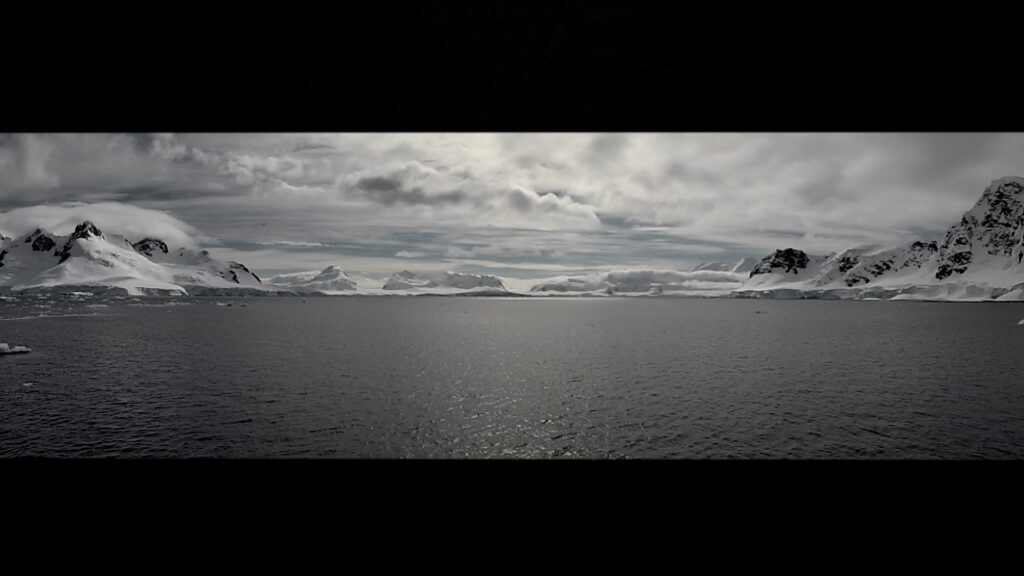
These are the questions that motivate the artists and curators of the POLAR project to start their three year exploration. A project supported by the Ministry of Culture, Arts and Heritage, the Chilean Navy and a group of international governmental organizations
POLAR wants to contribute to ideas about future Arctic settlement and the sustainable use of natural resources. We want to imagine what Antarctica, and an Antarctic society can become – beyond the populations of extraterrestrial research stations and the increasing touristic trend. We aim to propose a diversity of artistic projects, which can contribute to the further development of technologies and scientific scopes relating to the Antarctic territory. The idea will be to provide research and results from these explorations so the Chilean Government can also benefit from the technologies and methods created for the expedition. The main objective is to contribute to and foster narratives towards sustainable technologies, local perspectives for development, as well as discussing the cultural implications and potentials.
Our artistic visioninforms the goals for polar building on previous investments
Members of the POLAR group have been supported by the Chilean Arts Council in the past, and this has resulted in works be- ing presented in the Magallanes and Chilean Antarctic. POLAR stems from these initial investments by the Chilean Navy (First Naval Zone), the Government of Chile through the Ministry of Culture and the National Council of Culture and the Arts and the Government of Austria through its chancellery and Embassy. POLAR is a continuation and constitutes a next dimension through its engagement of a wider group of internationally renowned artists and curators.
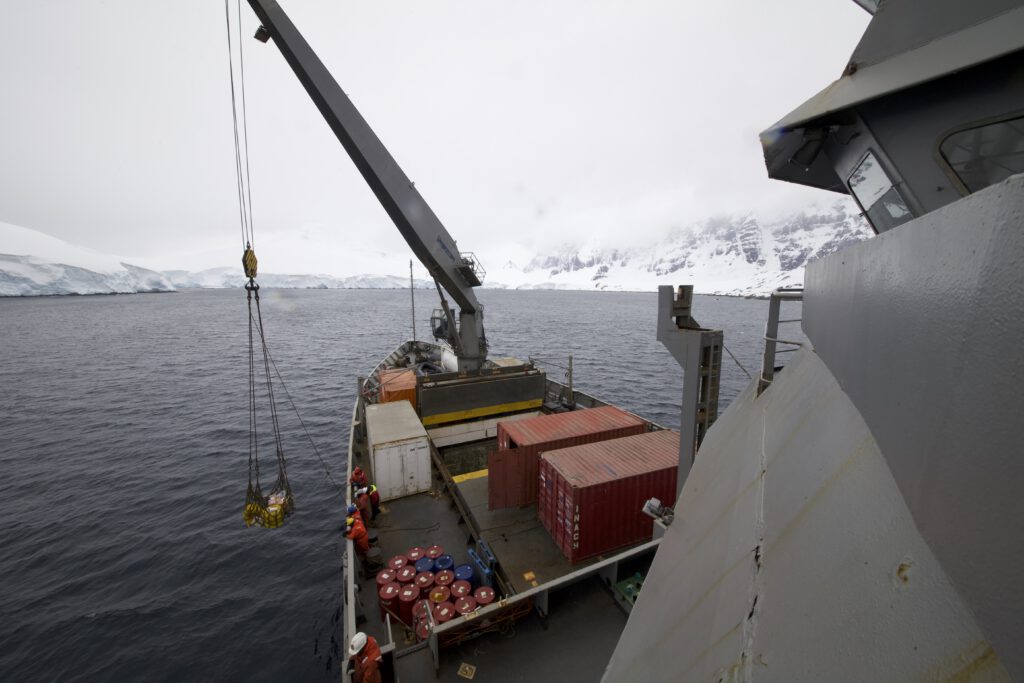
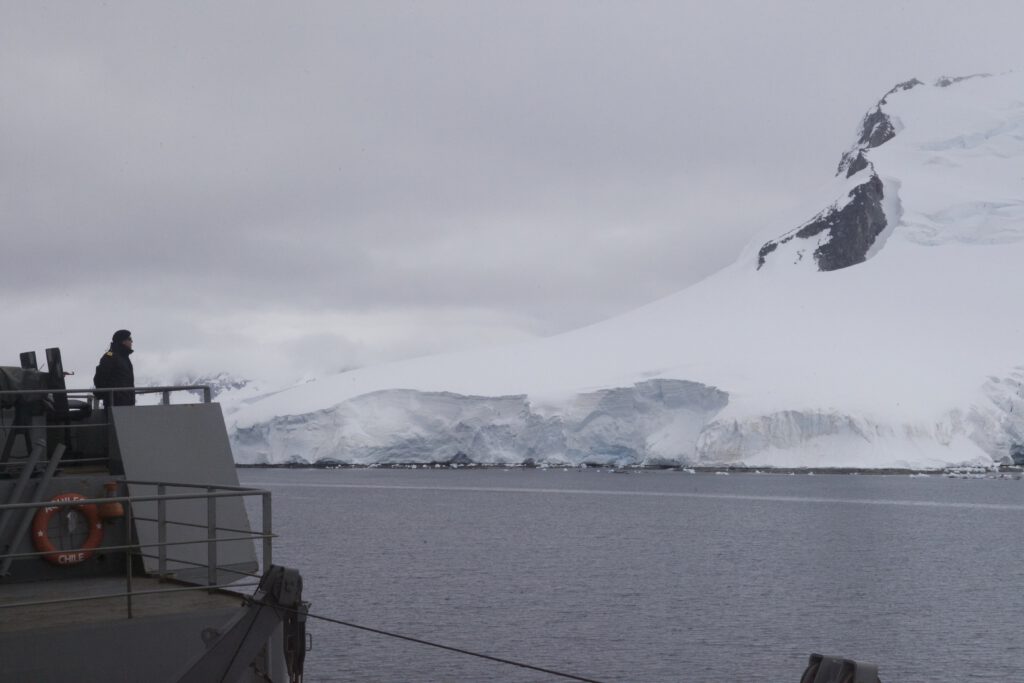
Envision an antarctic culture
A main goal of this mission is to understand and envision an Antarctic culture; a culture that has developed as a result of the diverse groups of actors, scientists and professionals, driven by various needs, backgrounds and politics that come to this part of the Earth for (scientific) research. This leads into speculation about what the future and potentials of such an Antarctic Culture could look and sound like (beyond mass tourism).
To achieve this, POLAR will explore human and non-human traces in various ways: we will record non-audible signals, research image and resolution in what is seemingly ‘empty’ space, question and speculate about human and non-human relations in situations of vacuum and isolation, and examine what lies beyond human perception.
Contribute to a dialogue between arts and science
With this mission, we want to strengthen the potential of artistic research in the Antarctic. All artists and curators involved in the project have a research-driven approach, and POLAR wants to contribute to a larger scientific dialogue by offering new connections and by proposing alternative perspectives.
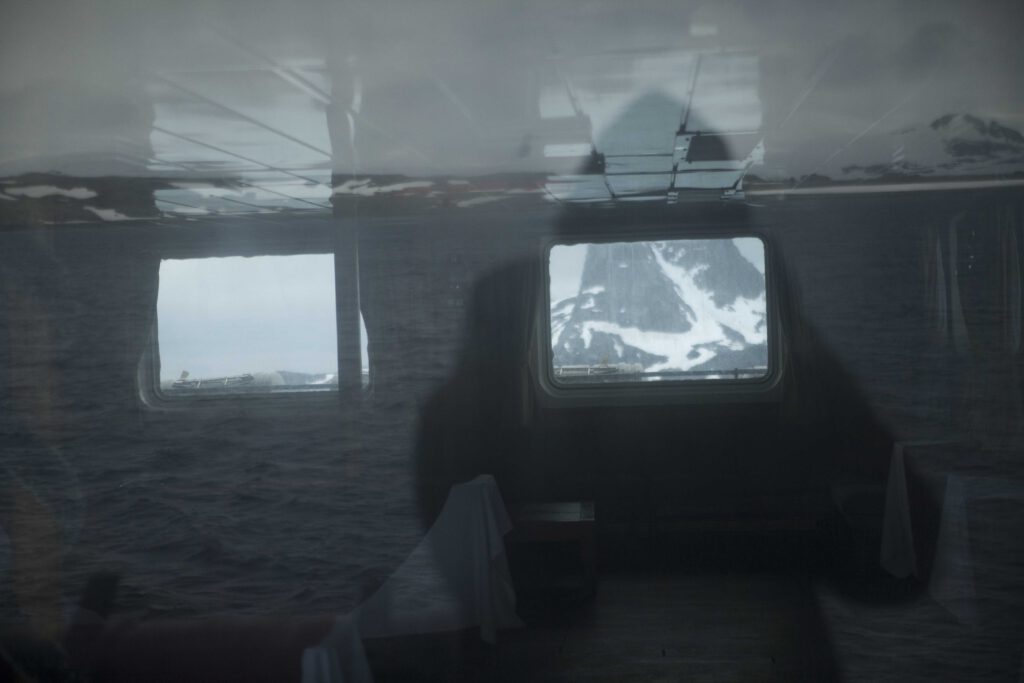
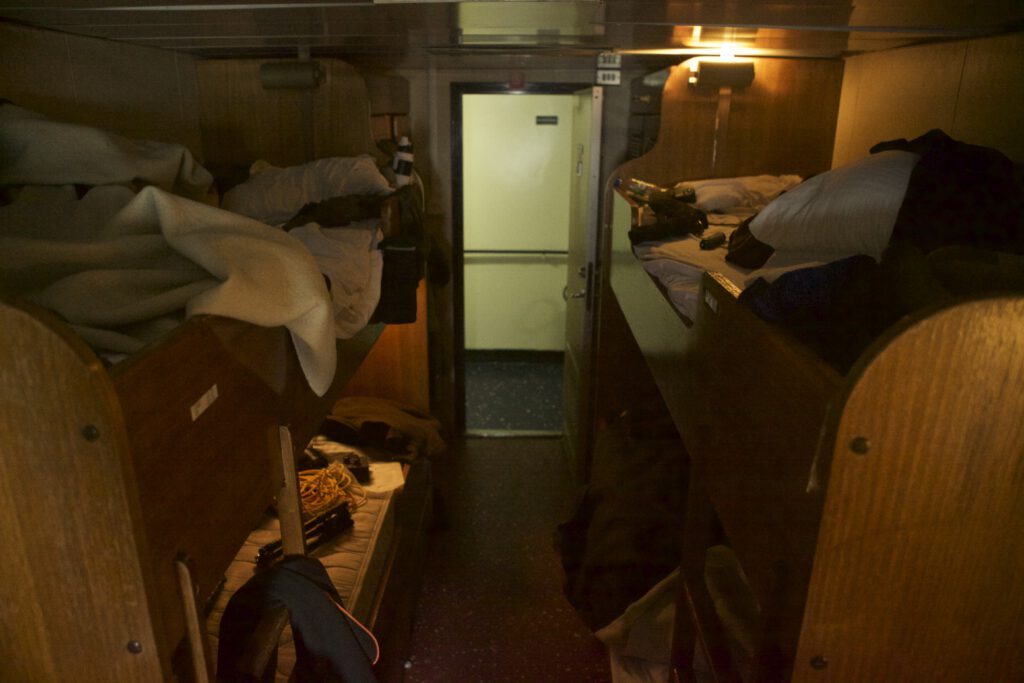
Explore alternative antarctic futures
Artistic research and exploration can not only create alter- native perspectives, but build (unexpected) connections and dialogue – and in doing so, provide directions for alternative futures. We envision that POLAR will create space for speculation and fiction that relates to the Antarctica as ‘free zone’. The research and work undertaken during POLAR will feed into the wider practice of the participating artists and contribute to the global awareness about isolated and endangered environments in a continent that will be increasingly affected by civilization.
Increasing awareness on antarctic issues
From this mission, several artistic propositions will emerge. The final result of the trip will consist on a publication, world- wide talks and exhibitions, and a series of outreach events such as community engagement workshops, radio broadcast and podcasts, including in the conversation other scientists and artists working on the subject; all this with the aim of drawing the public’s attention, arise awareness and a call for action towards a continent that is gradually changing from un- touched to scared by the human mark.
To finalize
Chile is acting as the international gateway to the Arctic; and the Chilean Navy specifically provides essential services such as – but not limited to – supplies delivery and cleaning to the whole area. It would therefore be an honour and a great opportunity to contribute to the work of the Navy in a new way, and in return, increase the visibility of the Navy’s role in the wider society.
Results
POLAR was an artistic research project initially conceived for a duration of three years, carried out by a group of artists and curators in the Chilean Antarctic from 2018 to 2020. The mission was originally planned to be undertaken by an international group of carefully selected artists, curators, and writers, all with previous experiences of extreme travel—whether above the Arctic Circle in northern Norway and northwestern Russia, the pre-Chilean Antarctic area, or the Arctic itself: Nicole L’Huillier (CL), Víctor Mazón Gardoqui (ES), Rosa Menkman (NL), Valentina Montero (CL), BJ Nilsen (SE/NL), Nicolás Spencer (CL/AT), Mario de Vega (MX/DE), and Annette Wolfsberger (AT/NL). However, due to numerous changes in dates and requirements by the navy, the group was reduced to Víctor Mazón Gardoqui (ES), Rosa Menkman (NL), Nicolás Spencer (CL/AT), and Mario de Vega (MX/DE). The travel conditions did not allow for a clear development of the artistic projects, and after more than a month of sailing with minimal land contact and extremely restricted movement, future exploration editions were canceled, with hopes for better conditions to realize this project.
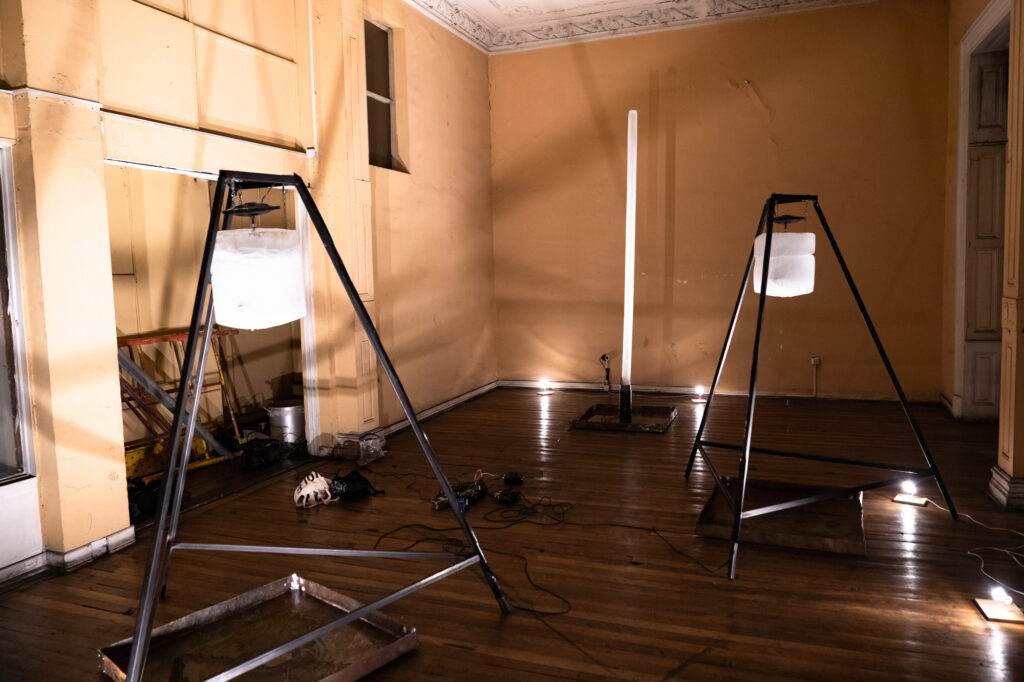
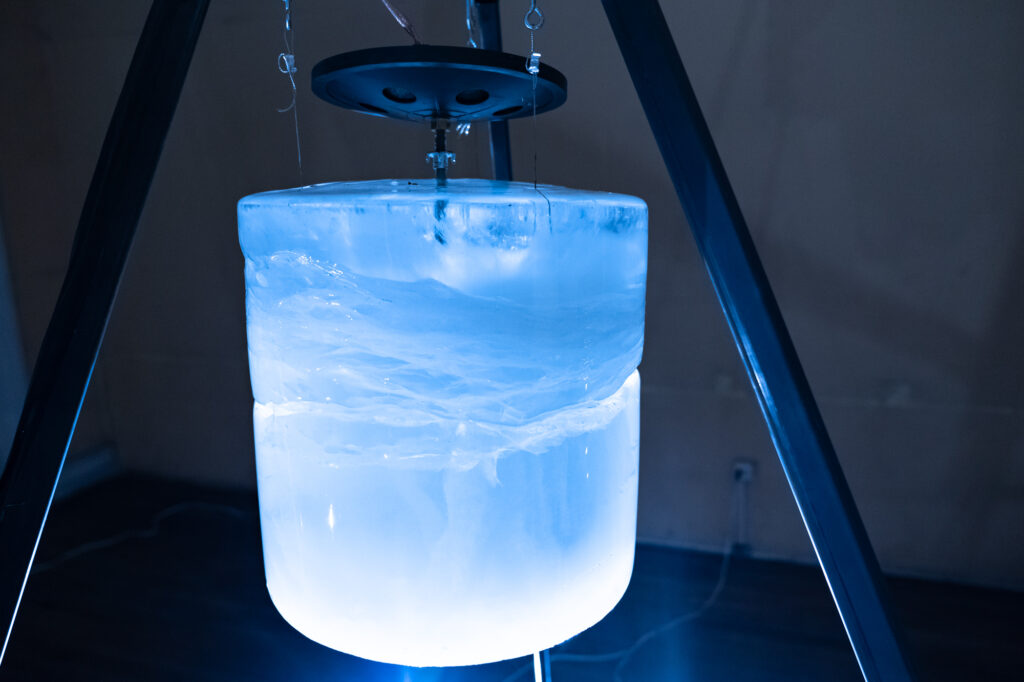
Videos
55°58’13.1″S 67°14’41.5″O
64°51’07.5″S 62°55’12.9″O
62°45’21.6″S 60°07’40.8″O
62°20’18.3″S 58°42’02.9″O
65°00’02.2″S 63°31’49.2″O
64°53’35.0″S 63°49’41.5″O
62°39’50.8″S 62°09’43.5″O
64°52’20.5″S 63°35’46.0″O
More about this project here (PDF 1MB)
participants:
Nicolas Spencer (CL/AT), Mario de Vega (MX/DE), Rosa Menkman (NL), Victor Mazón (ES)
